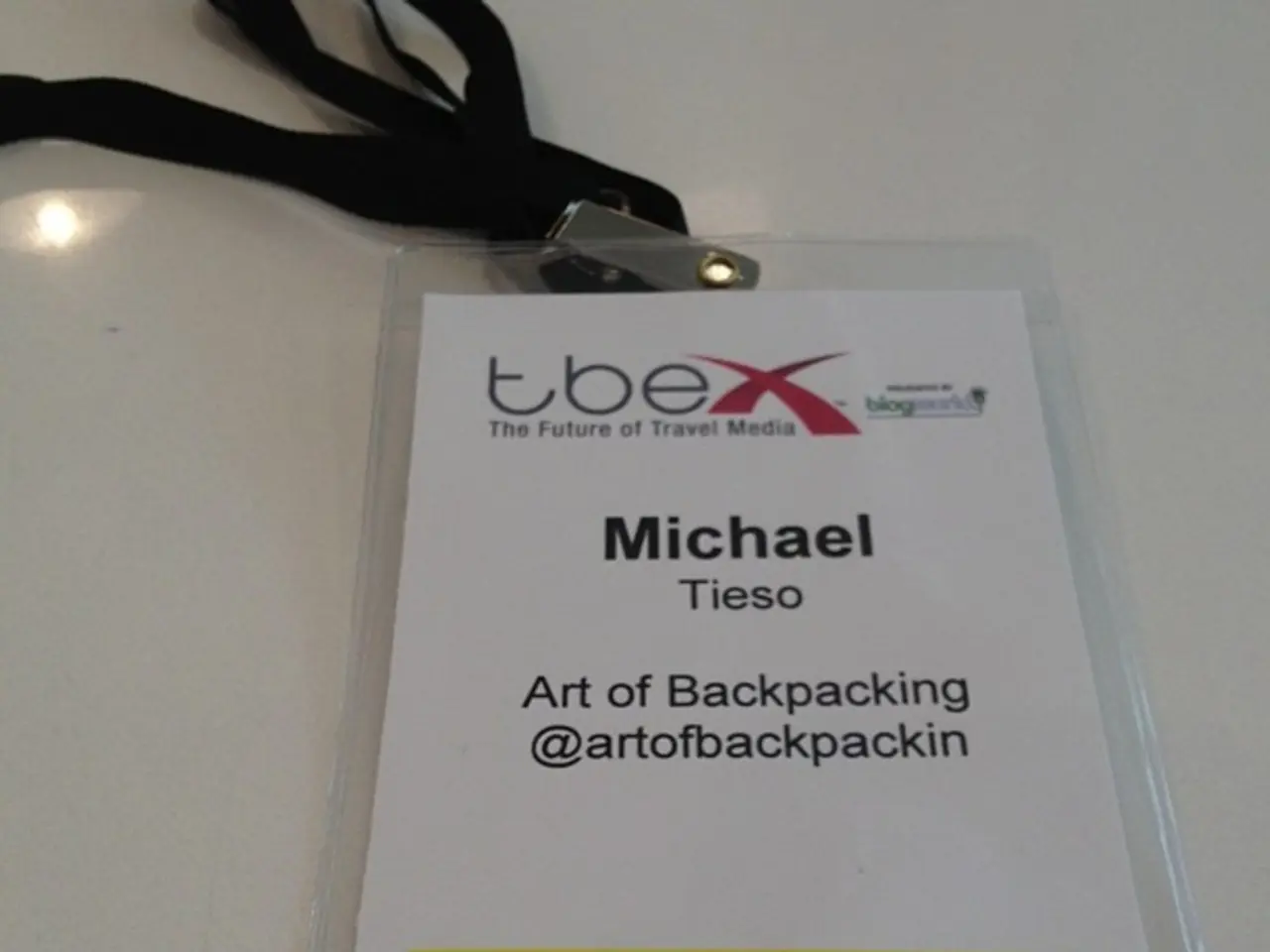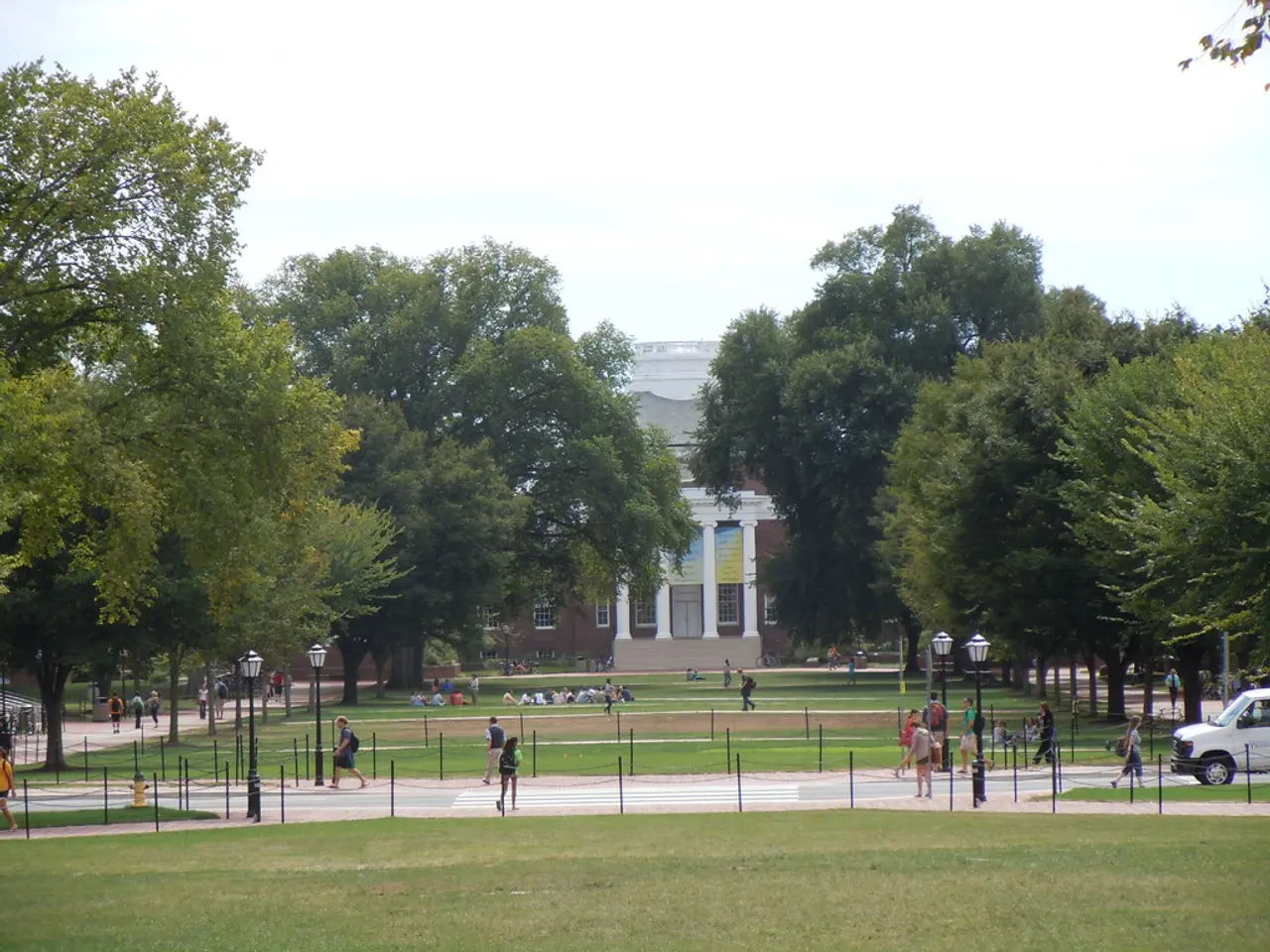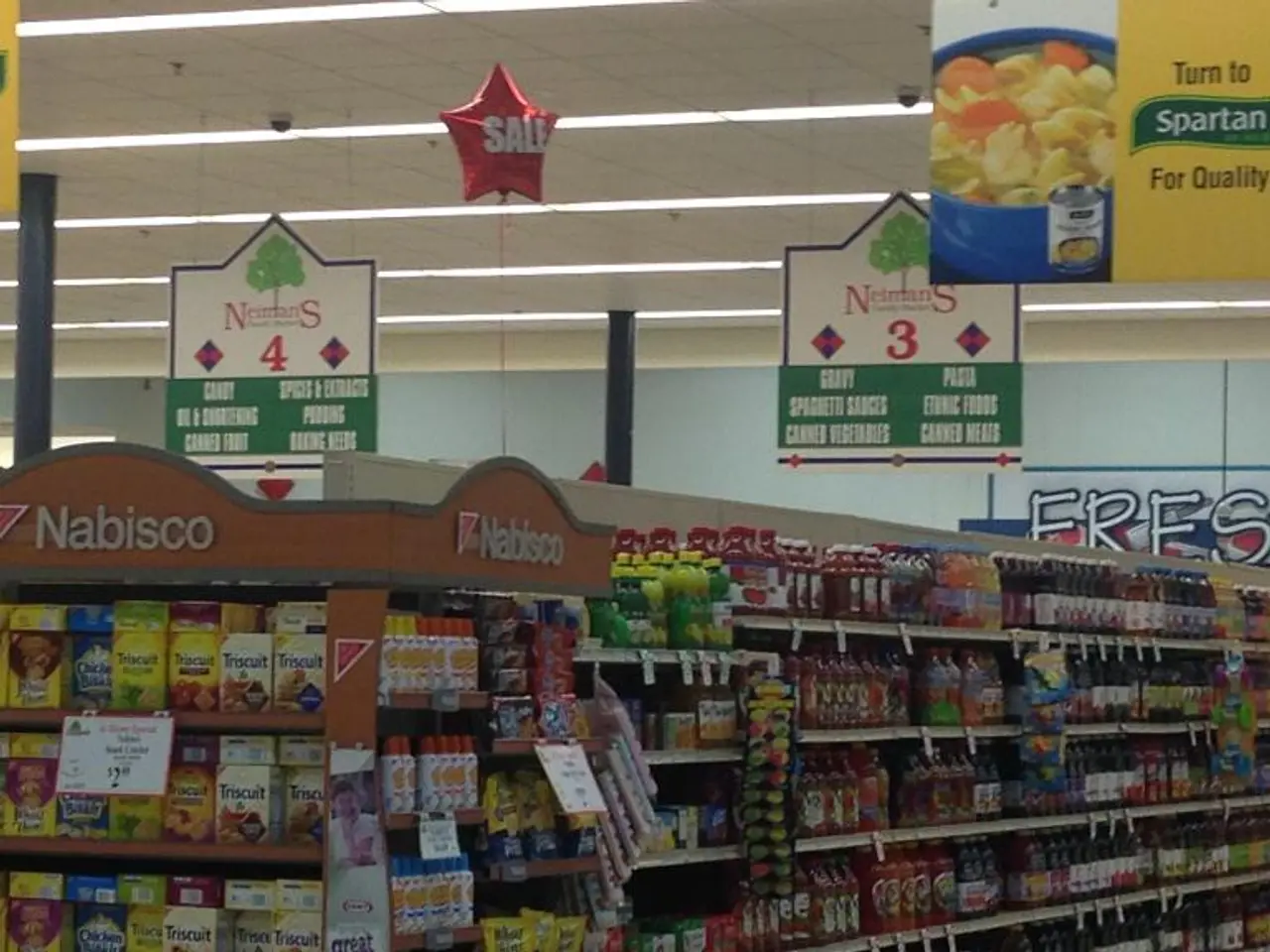"8 Phenomenal Showcases of Staff-Driven Narrative Sharing"
======================================================================
In the world of brand marketing, authenticity is key to captivating consumers and building trust. One innovative approach that has gained traction is employee-led storytelling, a strategy that has proven to offer several significant benefits for businesses.
IBM was one of the early adopters of this approach, launching a large-scale employee-led content sharing campaign as early as 2014. Fast forward to today, and IBM's latest employee-led campaign is a high-quality short-form documentary about the Apollo 11 Moon Landing.
Other companies have also hopped on the bandwagon. For instance, Macy's shifted most of its influencer resources to an employee influencer network called Macy's Style Crew in 2018, growing the group from 20 to 1,000 members and expanding content distribution to YouTube.
The casting model for employee-led storytelling has changed with the advent of social media, favoring non-executives for more engaging campaigns. This shift is evident in United Airlines' Superheroes campaign, where each featured employee was given a superhero persona and outfit.
Salesforce, which ranked #1 on Fortune's 2018 list of Best Companies to Work For and has consistently ranked high for the past 10 years, also embraces this approach. Salesforce's core HR values are inspired by the Hawaiian concept of ohana, meaning "intentional family". This ethos is reflected in their employee-led initiatives, such as Classes for Confidence, where Sephora makeup artists help inspire fearlessness in those facing major life transitions.
Modcloth, a company known for its quirky vintage image, uses a mix of influencers, arts personalities, and employees to create this unique brand identity. Modcloth's employees are often featured in the company's advertising, web blogs, "OOTD" photos, and YouTube channel content, reinforcing the brand's connection with its niche audience.
Papa John's, too, has leveraged employee-led storytelling to repair its brand image after its founder got the company on the wrong side of public sentiment in 2018. The initial cycle of employee advocates for Papa John's were franchise managers or owners, sending a message that the company isn't controlled by one owner but by many, and that they are a diverse hardworking group.
Booking.com also jumped on the bandwagon with the Booking Hero competition, a social media contest for nominating hospitality providers. The company also launched the One Mission project in 2016, encouraging employees to record their vacations and create a travel montage.
In conclusion, employee-led storytelling is a powerful strategy that not only showcases company values authentically but also fosters mutual growth—elevating the brand while empowering employees to develop their personal brands and professional satisfaction. This approach humanizes the brand, making it more relatable and trustworthy to consumers, which in turn helps attract and retain customers as well as top talent.
- Salesforce's employee-led initiatives, such as Classes for Confidence, reflect the company's core HR values inspired by the Hawaiian concept of ohana, reinforce the brand's connection with its audience, and foster growth for both the brand and employees.
- Modcloth's unique brand identity is created through a mix of influencers, arts personalities, and employees who are regularly featured in the company's advertising, web blogs, "OOTD" photos, and YouTube channel content.
- IBM, Macy's, Papa John's, Booking.com, and others have adopted employee-led storytelling as a strategy to showcase their company values authentically, humanize their brands, and attract and retain customers and top talent.
- The advent of social media has led to a shift in the casting model for employee-led storytelling, favoring non-executives for more engaging campaigns, as seen in United Airlines' Superheroes campaign.




